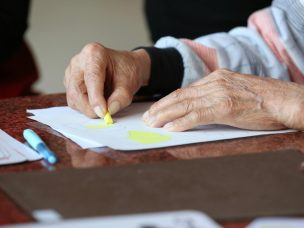Type 1 SMA is a progressive neuromuscular disease characterized by onset at 6 months of age or younger. Risdiplam is a medication used to treat spinal muscular atrophy (SMA). It works by modifying SMN2 pre-messenger RNA splicing while increasing levels of functional SMN protein in the blood. This study, published in the New England Journal of Medicine, examined the use of risdiplam in infants with type 1 SMA.
The study assessed the safety and efficacy of daily risdiplam compared to no treatment in infants 1 to 7 months old. The researchers noted that part 1 of the study established the dose used. Various milestones and tests were used to determine whether or not sufficient progress had been made, including the ability to sit unaided for 5 seconds and an increase of 4 or more points from baseline in the CHOP-INTEND score.
Of the 41 infants enrolled, 12 were able to sit unaided for 5 seconds after 12 months of treatment. This milestone is usually not attained among infants with this disorder. Moreover, risdiplam resulted in higher percentages of infants who met motor milestones and demonstrated improved motor function than the percentages observed in historical cohorts. Lastly, the most common serious adverse events noted in the study were pneumonia, bronchiolitis, hypotonia, and respiratory failure.
The researchers concluded that although this study shows promising results, longer and larger trials are required to determine the long-term safety and efficacy of risdiplam in infants with type 1 SMA [1].
Source:
[1] Darras, B. T., Masson, R., Mazurkiewicz-Bełdzińska, M., Rose, K., Xiong, H., Zanoteli, E., Baranello, G., Bruno, C., Vlodavets, D., Wang, Y., El-Khairi, M., Gerber, M., Gorni, K., Khwaja, O., Kletzl, H., Scalco, R. S., Fontoura, P., & Servais, L. (2021). Risdiplam-treated infants with type 1 spinal muscular atrophy versus historical controls. New England Journal of Medicine, 385(5), 427–435. https://doi.org/10.1056/nejmoa2102047










